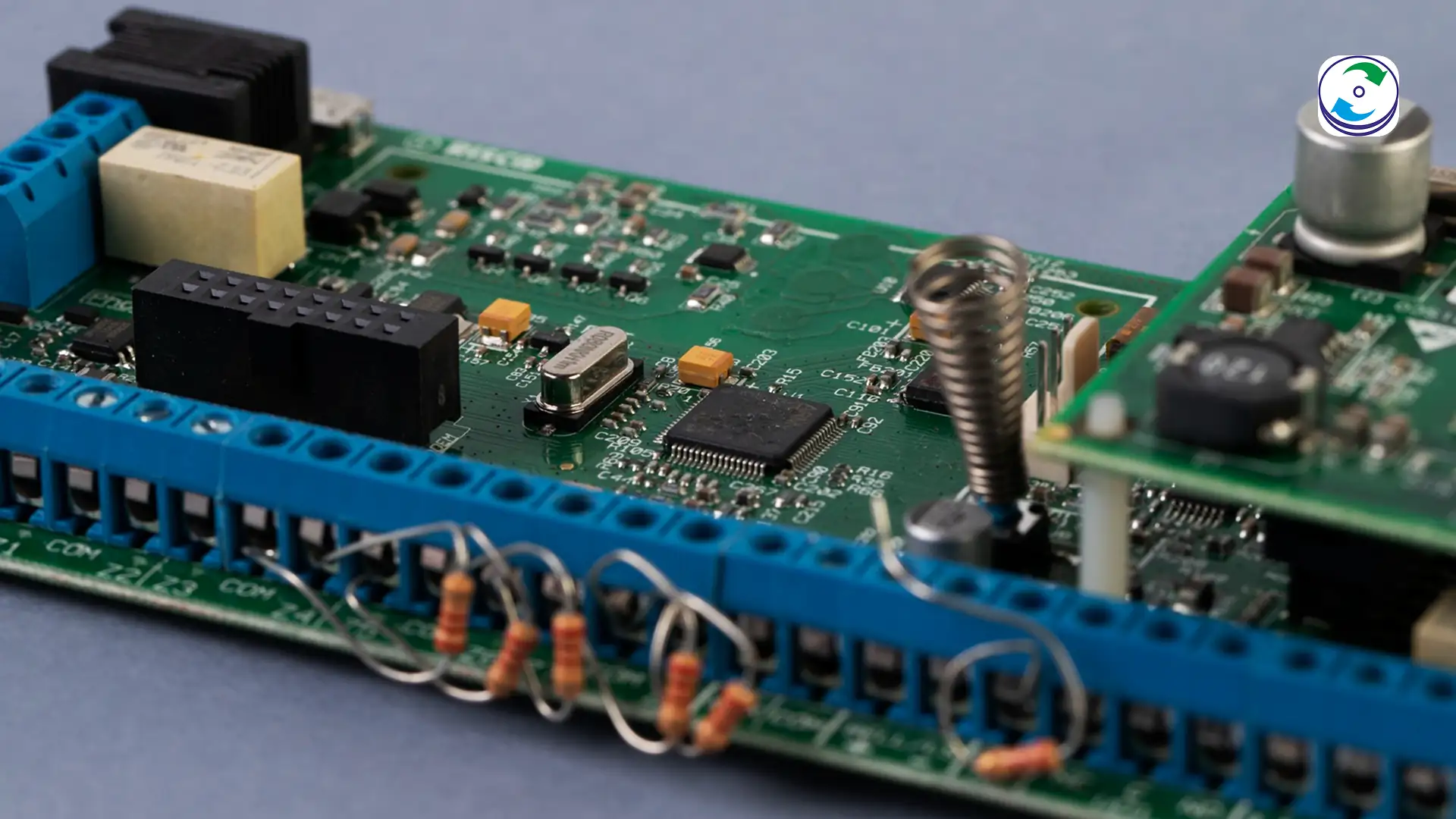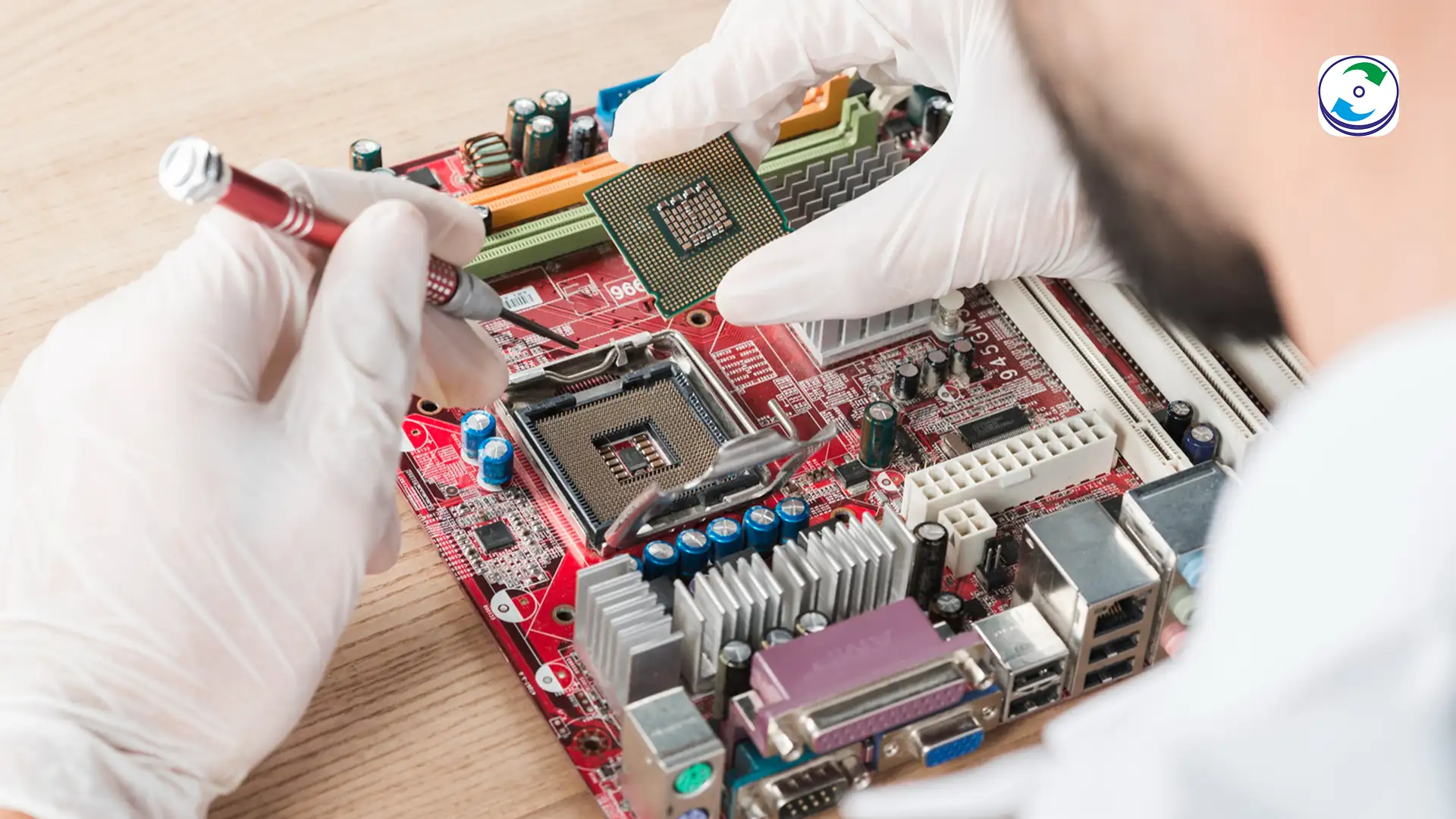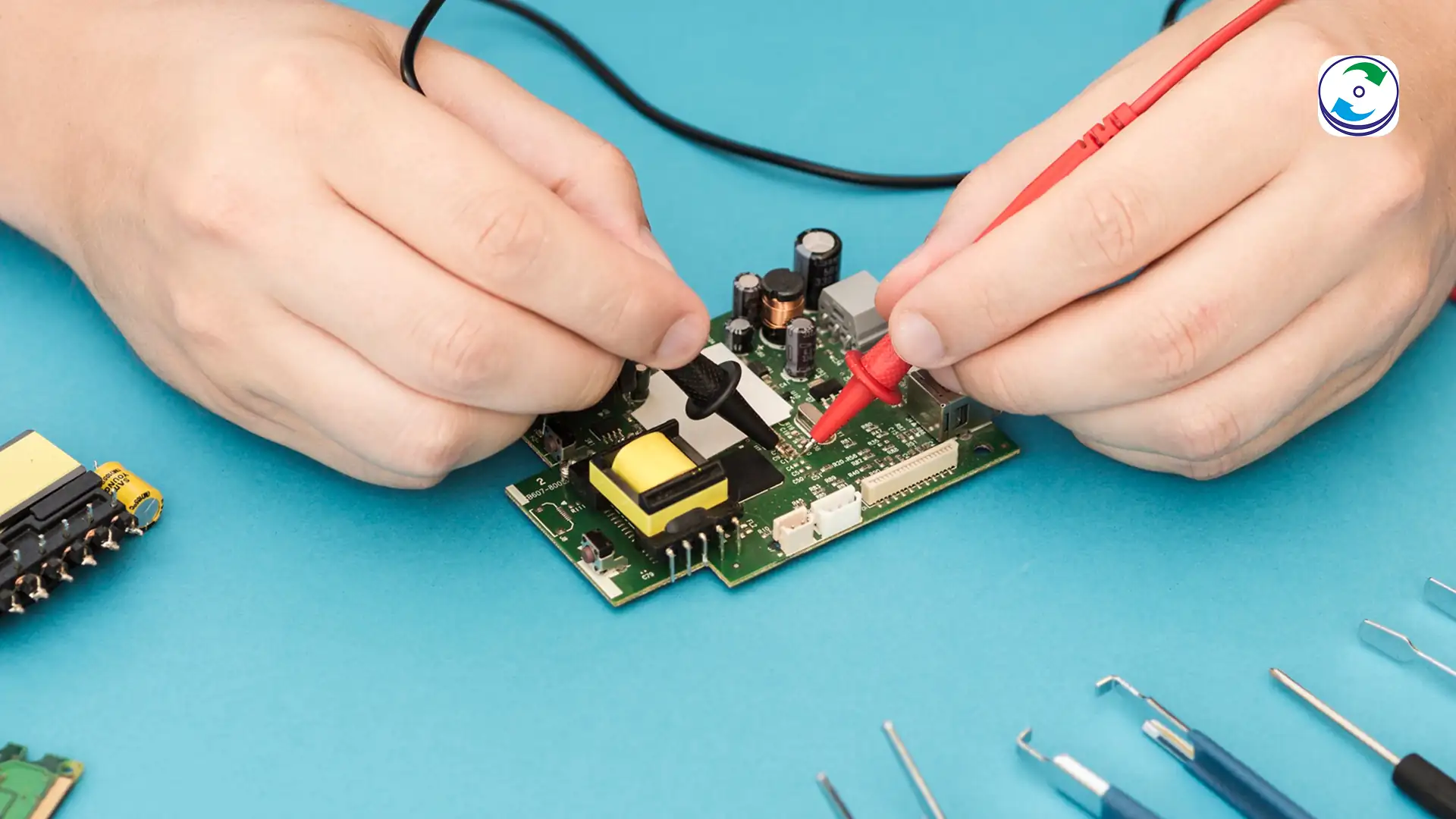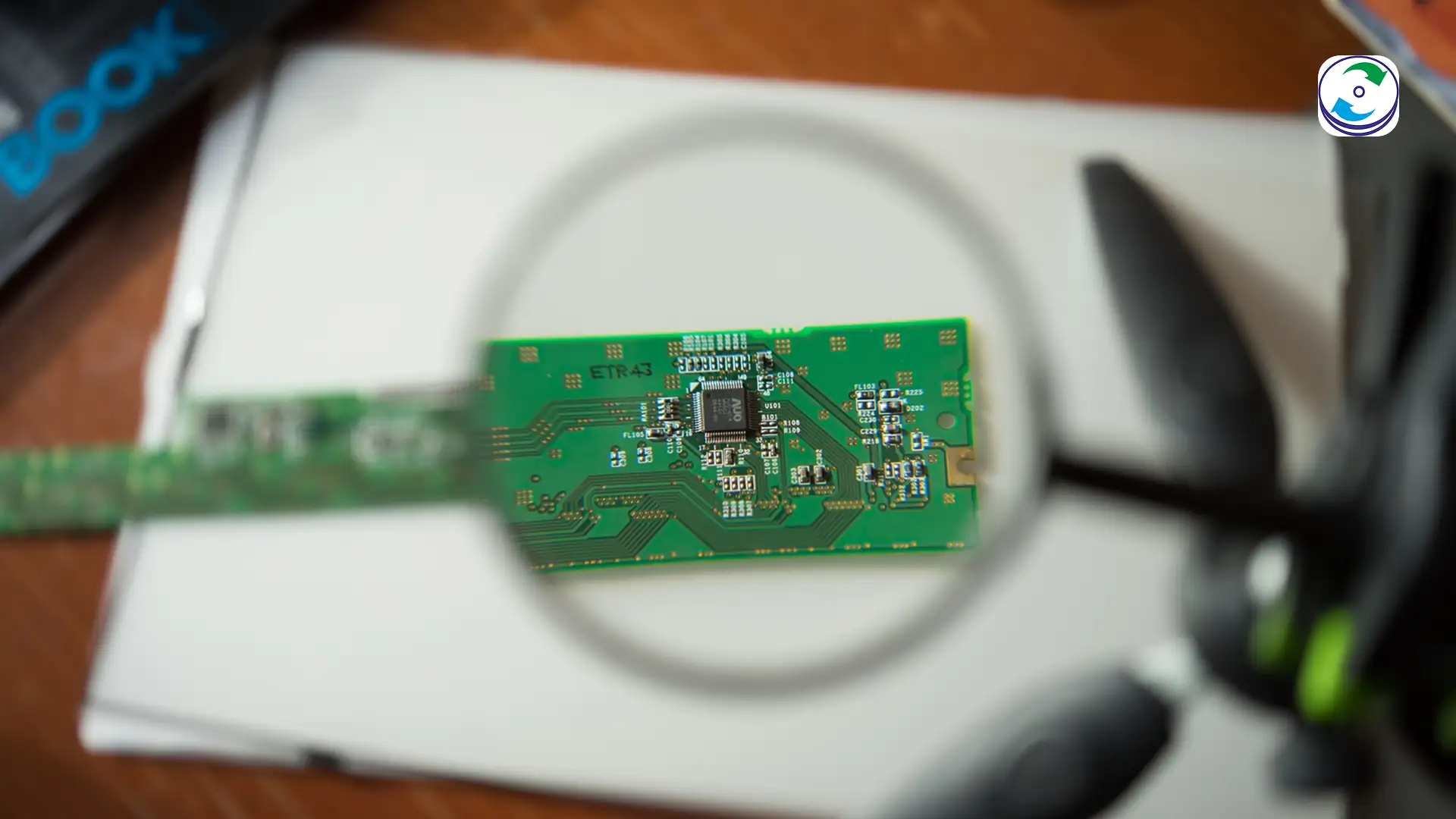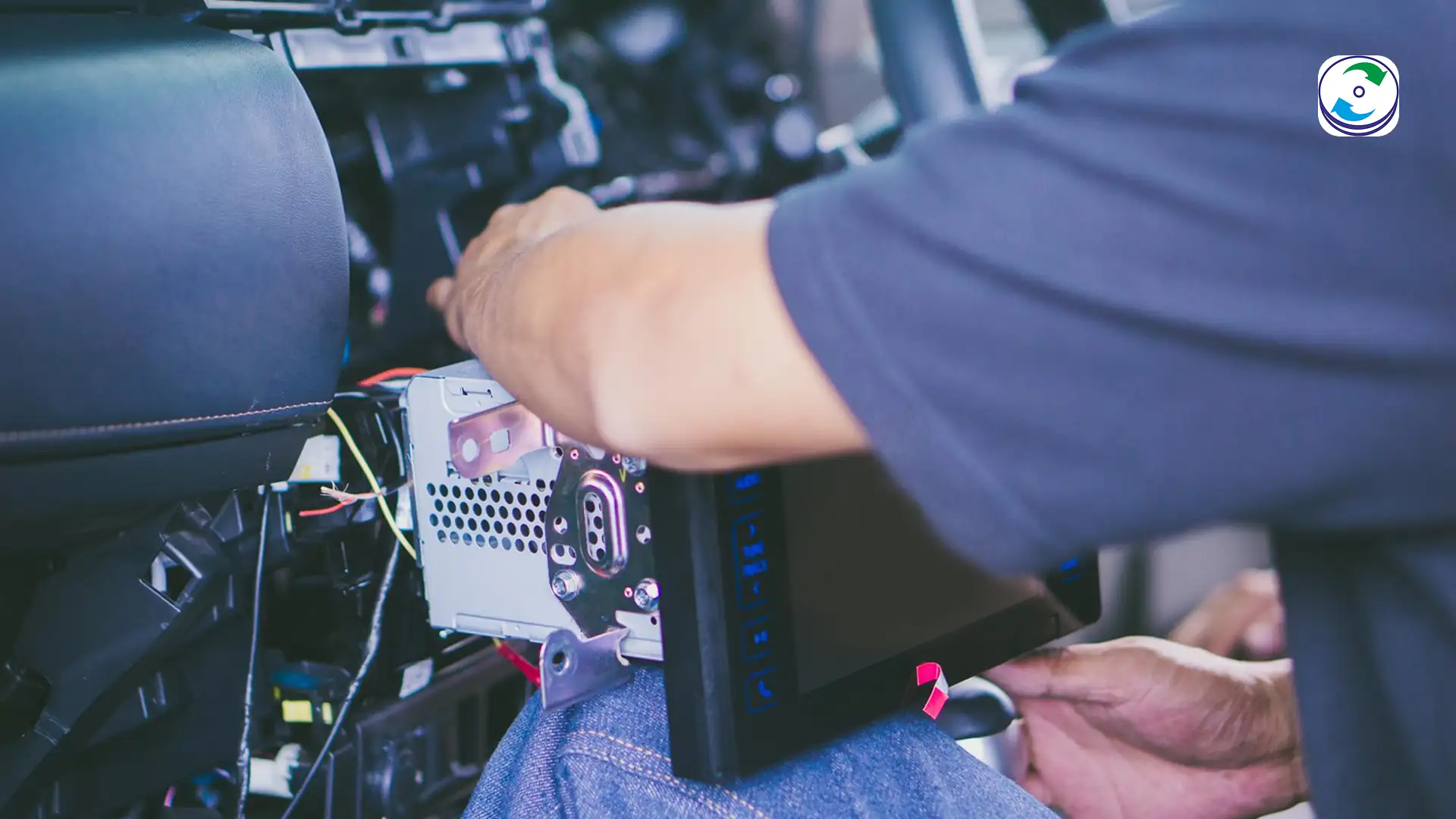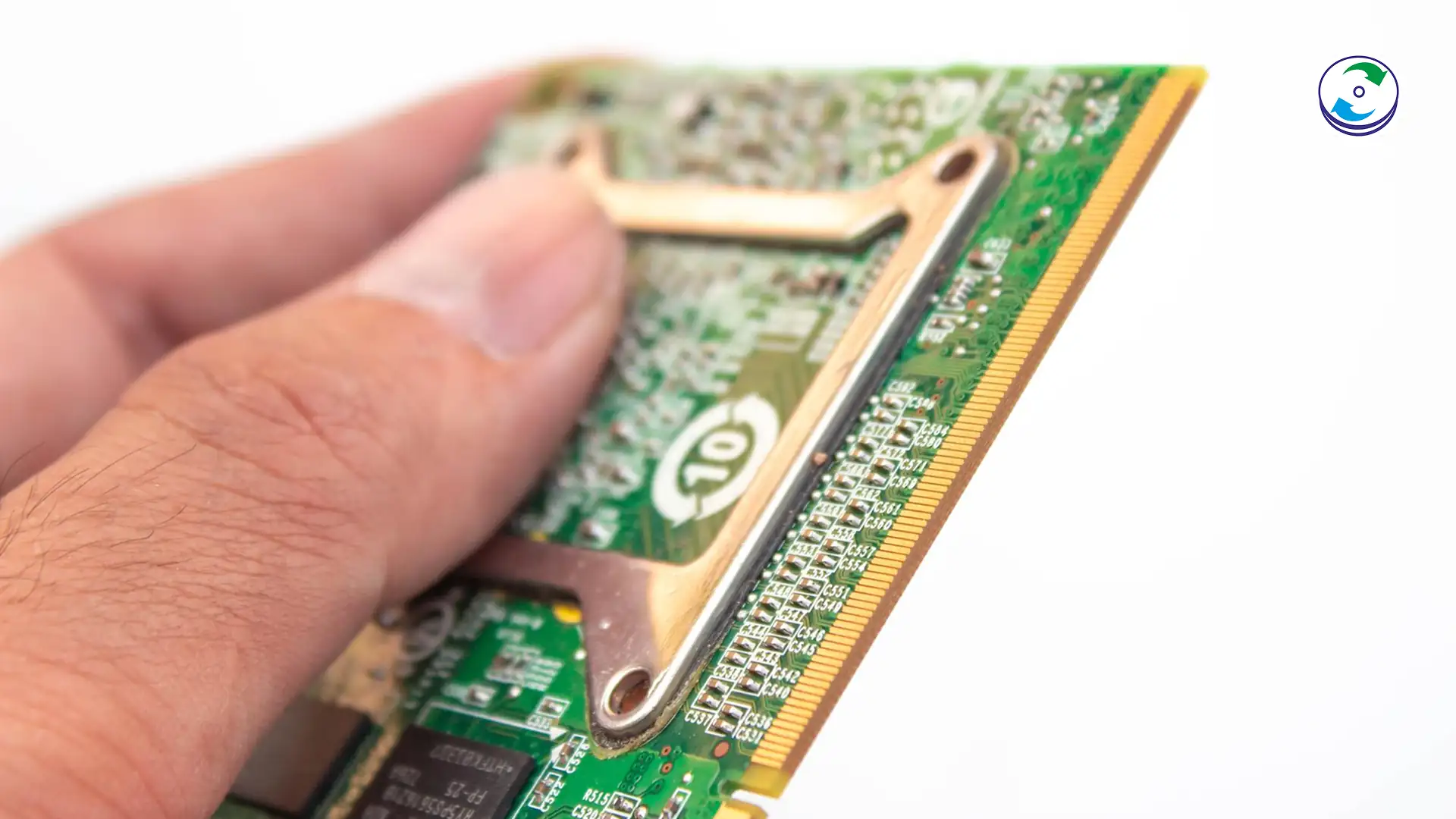Data Recovery from Wearable Devices: Extracting Health, Fitness, and Biometric Data from Smartwatches and Fitness Trackers
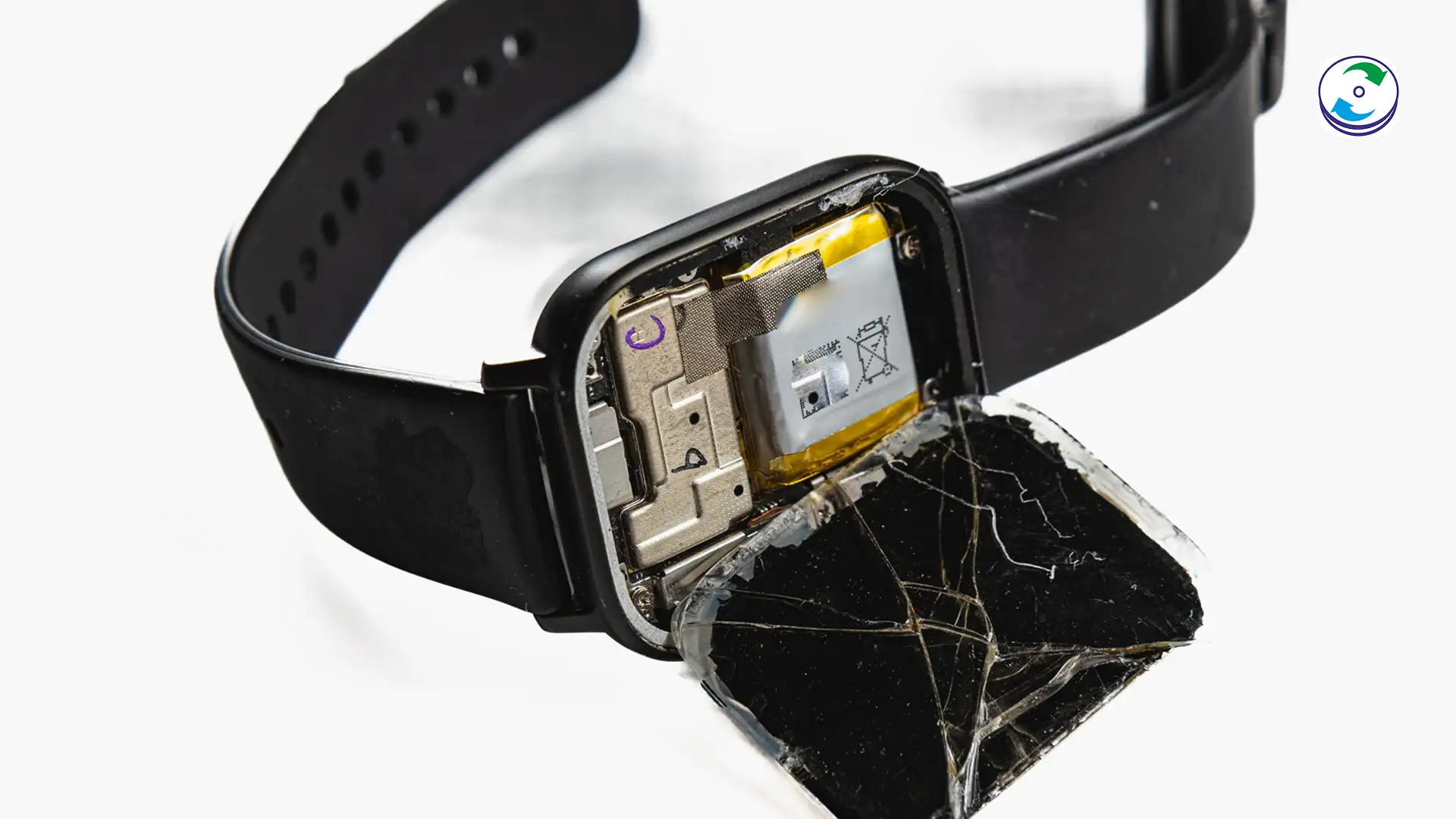
Introduction
Wearable devices—smartwatches, fitness trackers, and health bands—have rapidly evolved from simple pedometers into sophisticated biometric data vaults. They continuously record highly personalized information: detailed GPS logs, minute-by-minute heart rate variability (HRV), sleep cycle duration, and even ECG readings. This data is unique, often irreplaceable, and critically valuable for personal health, legal investigations, and insurance claims.
However, the very features that make them convenient—their small size, water resistance, and highly integrated architecture—make them nearly impossible to recover when they fail. Failure is often caused by catastrophic liquid damage (pool, ocean, sweat) or physical destruction during an accident.
Retrieving data from these miniaturized computers requires a level of micro-soldering and forensic precision far exceeding that required for a standard mobile phone. It demands specialists capable of performing BGA Chip-Off on chips the size of a fingernail, building custom electronic adapters, and bypassing proprietary, embedded operating systems to access the raw data.
The Recovery Challenge: Small Size, Big Security
The primary challenges in wearable data recovery stem from the device’s form factor and the way data is secured.
1. Miniaturized, Encrypted Memory
Wearable data is stored on tiny, low-power eMMC or NOR/NAND Flash chips. These chips are permanently soldered onto the flexible PCB or logic board of the device.
-
Integrated Design: Everything—the memory, the processor, and often the gyroscope/accelerometers—is packed onto a single, tightly constrained board. Damage to one component, such as a cracked PCB from impact, immediately severs the communication pathway to the memory.
-
Unique Encryption: Unlike smartphones that use a standardized mobile OS, most high-end wearables (like Apple Watch or certain Garmin models) run on a custom, proprietary embedded OS. The data stored on the memory is often encrypted using keys tied to the device’s unique hardware ID. Without the original, intact processor, the raw data extracted is meaningless, scrambled code.
2. Liquid and Chemical Damage
Wearables are constantly exposed to moisture. Even devices rated for swimming can fail due to corrosion caused by saltwater, pool chemicals (chlorine), or long-term exposure to high humidity and sweat.
-
Corrosion Cascade: When liquid enters, it initiates a chemical reaction that immediately starts destroying microscopic components on the logic board, severing traces that connect the processor to the memory chip.
-
The Power Cycle Trap: If the user attempts to charge or power on the liquid-damaged device, the resulting short circuit can cause massive damage to the controller or the memory cells themselves, making the data irretrievable.
The Forensic Solution: Bypassing the Wearable’s CPU
Because the device’s CPU and secure boot process are often destroyed, forensic recovery must bypass the entire communication layer and interact with the memory chip directly.
Strategy 1: BGA Chip-Off (The Gold Standard)
When the device is severely damaged, Chip-Off is the only viable option.
-
Surgical Removal: Using highly advanced, low-temperature BGA rework stations, the microscopic eMMC/Flash chip is surgically de-soldered from the main logic board. The process is exponentially more delicate than phone chip-off due to the thin, flexible nature of the wearable PCBs. For professionals interested in the specific tools, specialized technical literature on flex-PCB micro-soldering offers insights into the process.
-
Custom Adapter: The tiny memory chip is then placed into a custom-made adapter designed specifically for that chip’s geometry and pin configuration. Generic adapters rarely work due to the unique, proprietary way memory is utilized in small wearables.
-
Raw Data Dump: The adapter allows the forensic workstation to extract a raw, binary image of the entire memory chip’s contents.
Strategy 2: ISP (In-System Programming) / JTAG
If the device is physically intact but fails to power on (e.g., due to a failed battery circuit or minor logic issue), ISP is the less invasive approach.
-
Pinout Identification: Engineers locate the minuscule, often hidden JTAG/ISP test points on the PCB that connect directly to the memory’s data, clock, and command lines.
-
Micro-Soldering: Ultra-fine, hair-thin wires are carefully micro-soldered to these test points. The level of magnification and steady hand required is extreme, as the traces are often thinner than a human hair.
-
Data Extraction: The ISP adapter connects to these wires, establishing a direct connection to the memory chip to extract the data without involving the faulty system controller.
The Biometric Translation Challenge
Even after successfully extracting the raw binary data, the work is not complete. The data must be translated and decrypted.
1. Decoding Proprietary File Systems
Wearables use custom file systems or proprietary database structures optimized for continuous, low-power logging. The forensic engineer must:
-
Reverse-Engineer the Structure: Analyze the raw data image to understand the manufacturer’s logic for storing time-series data (e.g., how the device records a 24-hour heart rate log or a complex sleep cycle).
-
Reconstruct Log Files: Locate the specific log files containing the biometric data, which are often fragmented across the chip to maximize endurance.
2. GPS and Location Forensics
The GPS logs found on fitness trackers can be crucial evidence in accident reconstructions or legal disputes. This data is often stored with high precision.
-
Extraction and Mapping: The raw GPS coordinates must be extracted, corrected for potential internal errors, and then converted into a usable format that can be mapped onto external geographic information systems (GIS). This process ensures the recovered data holds up to scrutiny in forensic geographic analysis.
3. Cryptographic Decryption
If the device used hardware-bound encryption (common in high-end models), the raw data dump will be encrypted.
-
Key Recovery/Emulation: The engineer must use specialized forensic tools to attempt to emulate the device’s cryptographic process. This may involve leveraging vulnerabilities (if known) or, in the case of simple encryption, attempting to brute-force or guess the key derived from non-volatile memory segments.
Conclusion: Securing Micro-Sized Data
Wearable devices represent a new frontier in data recovery. Their highly integrated circuits, proprietary operating systems, and extreme vulnerability to liquid damage make data retrieval impossible for conventional services.
The data within these devices—the precise biometric logs, the accurate GPS tracks, and the minute-by-minute activity logs—is often irreplaceable evidence. When a smartwatch or fitness tracker is damaged, the margin for error is zero.
Do not attempt to dry out, charge, or disassemble a damaged wearable. Contact DataCare Labs immediately. We possess the BGA micro-soldering expertise, the custom adapter technology, and the proprietary forensic tools required to perform a delicate Chip-Off or ISP extraction, ensuring your vital biometric and personal data is secured.


